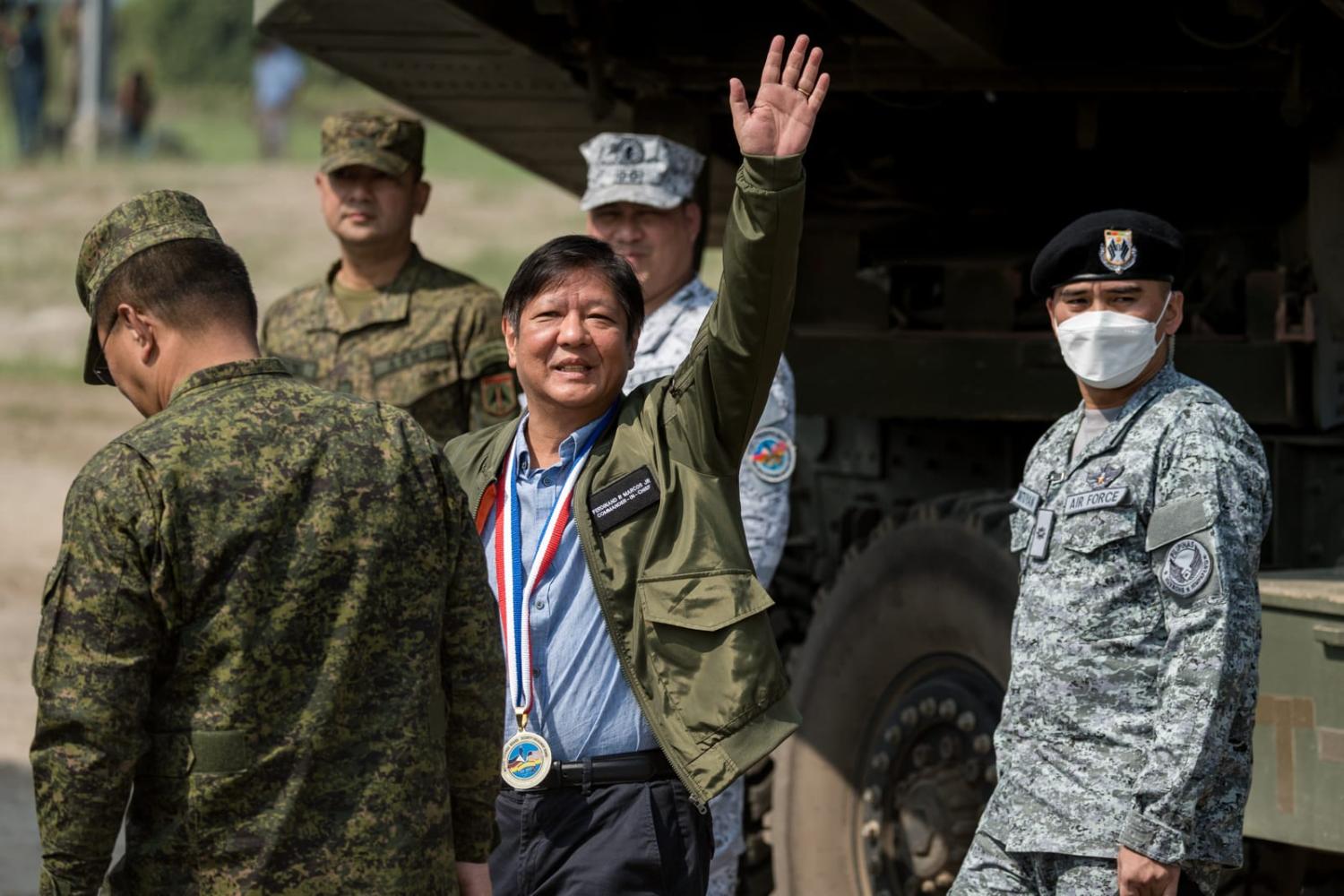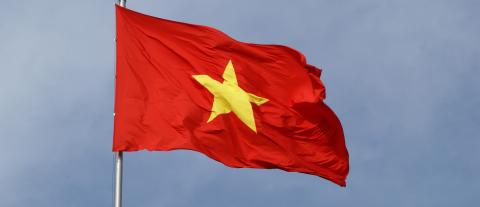With President Ferdinand Marcos Jr about to make an official visit to Washington, the Philippines this month granted the United States rotational access to four more military facilities in the country. This expansion will be in addition to the five existing sites under the Enhanced Defence Cooperation Agreement (EDCA) signed in 2014.
Although the agreement does not allow the establishment of permanent military bases, it does permit the United States to build and operate facilities on Philippine bases such as runways, fuel storage, and military housing. Following the latest announcement, the US Embassy in the Philippines stated “through EDCA, the United States supports the Armed Forces of the Philippines’ goals of force readiness, military modernisation, infrastructure improvements, and interoperability with US forces.”
Under Marcos, the expansion of EDCA is intended to benefit the Philippines through the revitalisation of its alliance with the United States, which had been relegated during former president Rodrigo Duterte’s term. The most recent joint Balikatan military exercises in the Philippines saw in the largest number of participants to date, with 5,400 from the Philippines, 12,000 from the United States, and 111 from Australia. The additional EDCA sites also allows supplies and materials to be positioned around the country, which can be used during combating local insurgencies or in response to disasters.
Most importantly, the Philippines benefits from EDCA as it can serve as a deterrence against China’s belligerent actions in the West Philippines Sea (also called the South China Sea), which, despite Duterte’s appeasement policy towards China, continues to challenge Philippine sovereignty. One of the new EDCA sites is Balabac Island, located at the southwestern tip of Palawan, closest to the Spratly Islands, where China’s coast guard and maritime militia chase Filipino fishing vessels away and swarm islands and maritime features in Philippine territory.
But the expanded EDCA is not without its own challenges. Some Filipino senators have questioned the new access sites in the country’s north – Camp Melchor Dela Cruz, Lal-lo Airport, and the Camilo Osias Naval Base – given that the main threats to the Philippines lie in the west. These northern locations can potentially be used in a conflict between the United States and China over Taiwan. Camilo Osias, for example, is located approximately 500 kilometres from Kaohsiung in southern Taiwan. These Philippine military bases could provide crucial logistical support for American troops against China, despite Marcos’ assertion that the new EDCA sites are not intended for offensive attacks. One analyst concluded that whether willingly or not, “the Philippines has, in effect, joined the US in making preparations to defend Taiwan.” And if hostilities break out, the Philippines could be targeted by Chinese attacks due to American military presence in the country.
Another issue of the expanded US military presence is the potential social ills it may bring. The Philippines has recent memories of crimes committed by US Marines, including rape and murder, cases that roused domestic uproar among Filipinos. The expanded EDCA will result in the largest American military footprint in the country since 1992, when the United States closed its large military facilities in Clark Air Base in Pampanga and Subic Bay Naval Base in Zambales. The 1999 Visiting Forces Agreement provides the rules, guidelines and legal status of the US military stationed in the Philippines, yet its most contentious provision is its criminal jurisdiction, which provides American military authorities custody of its soldiers that commit crimes in the Philippines. In the recent cases the agreement was seen to have favoured the welfare of the American servicemen at the expense of their Filipino victims.
So while the increase in American military presence can provide a balancing force for the Philippines in developing at least a “minimum credible defence” posture, it is not with strategic risks or the danger of social harm. Given the asymmetrical relationship between the Philippines and the United States, the Marcos administration will present the agreement carefully – not to imply a dependence on the United States, especially given its colonial legacy, or overcommit the country to America’s broader security agenda in the region. But equally, standing up to a great power bully in its neighbourhood will be helped by a powerful friend.

